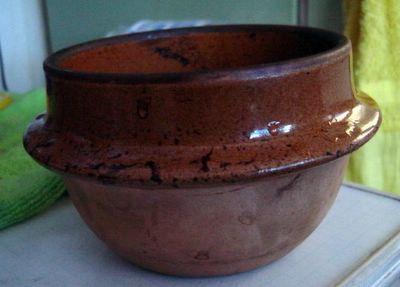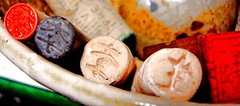
There are airholes that run through the steps


First one (red one) is a hanko I use for documents.
The second one is my primary stamp for pottery. It also came from the
hanko shop.
The third one, is my best rendition of the same character as hanko #2.
The Fourth one is what I used in St. Paul and I still sometimes use. It
is IKIRU, the name of my studio/pottery.

First one is a rubber stamp my Uncle in Sakai had made for me. It is
my Zen name, Dairin.
The second one is a copy of the first one. It is made in clay.
The thrid one is the first character for Mashiko. It means warehouse.
The last one is made from an impression of a Jade charm that the Dalai
Lama blessed for me.
This is the first level of shelves loaded into the kiln. I wrapped both Bizen and Shigaraki clay jars in rice straw and rice straw rope. Some of the bizen I put in sagger pots that also have charcoal in them.
I load the shelves closest to the back all first, so I don't have to reach over them at the door. Saves the back.
If you click on the photos above, you will go to larger examples and will be able to leave commets at FlickR.